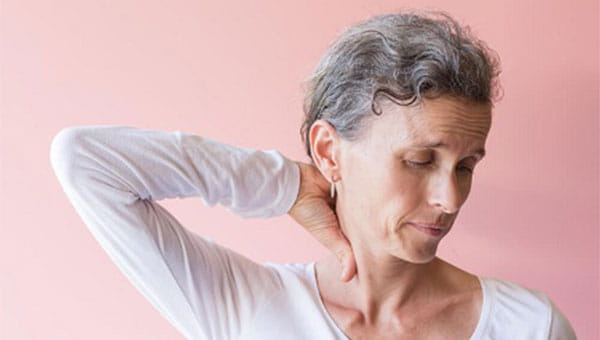Aches and pains are a common part of aging, and your spine is one of the areas to be concerned about as you get older. There are different sections of your spine that could cause problems. Your spinal column is comprised of bones, or vertebrae, that connect the base of your skull to your tailbone. These vertebrae, which surround your spinal cord, are linked by facets, or tiny joints. A gelatinous substance fills discs in between the vertebrae, and the spine is stabilized by ligaments.
The Cleveland Clinic and Scoliosis Research Society note that if you’re older than 50, you might develop back pain for these reasons:
- Spinal stenosis, which happens when the canal that houses your spinal cord narrows due to thickened ligaments, disc degeneration or arthritis in the facet joints, typically in your lower back. Symptoms include leg pain while you stand or walk; you often can get relief by lying down or sitting.
- Degenerative facet joints and discs, which can lessen the effectiveness of your discs as shock absorbers due to a loss of resilience and moisture. You might not have any symptoms from this degeneration, which can be detected by X-ray. But some people may experience significant pain in their legs and/or back.
- Spondylolisthesis, which happens when one of your spinal vertebra slips forward onto the vertebra below it. Many people might not know they have it because they don’t have symptoms, but the most common symptom is lower back pain. Muscle spasms in your hamstring muscles are another symptom.
Talk to your doctor about your back pain. Options to lessen the pain might be to increase your physical activity, take medications like ibuprofen, aspirin, naproxen or acetaminophen, apply a heating pad or ice pack, or get physical therapy. If you have persistent or chronic back pain, you should consult your primary care physician. He or she can recommend more invasive treatments or determine if you might benefit from surgery.




